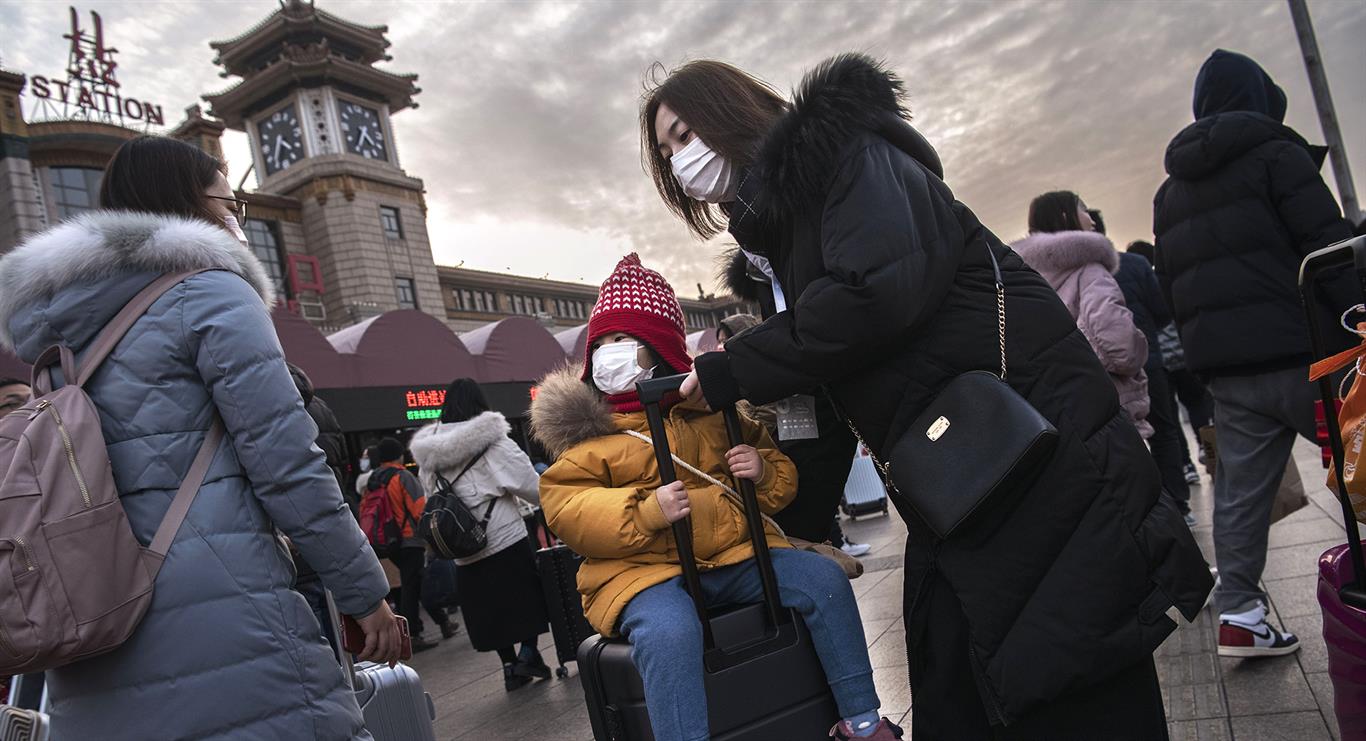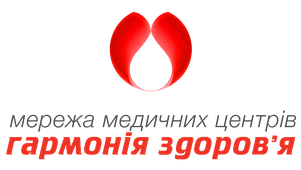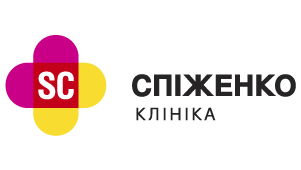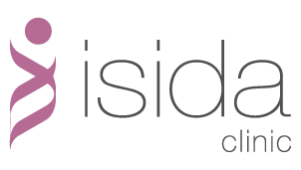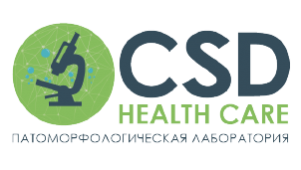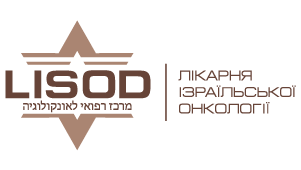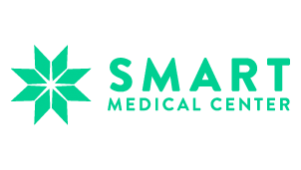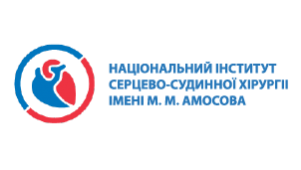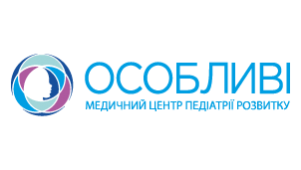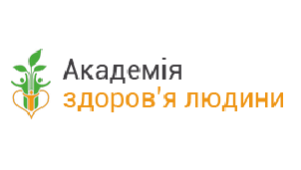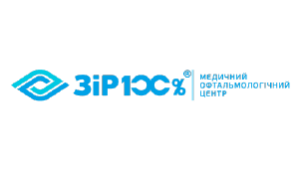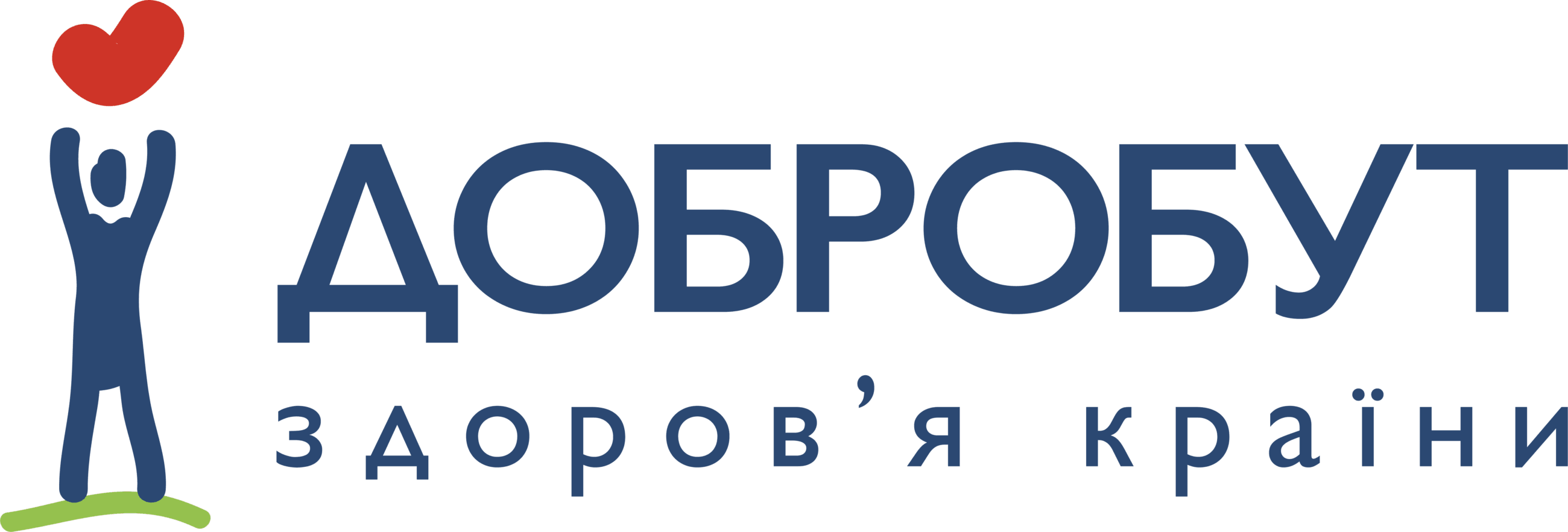ПОДІЇ | Всі Події
Statement on the meeting of the International Health Regulations (2005) Emergency Committee regarding the outbreak of novel coronavirus (2019-nCoV)
The meeting of the Emergency Committee convened by the WHO Director-General under the International Health Regulations (IHR) (2005) regarding the outbreak of novel coronavirus 2019 in the People’s Republic of China, with exportations currently reported in the Republic of Korea, Japan, Thailand and Singapore, took place on Wednesday, 22 January 2020, from 12:00 to 16:30 Geneva time (CEST) and on Thursday, 23 January 2020, from 12:00 to 15:10. The Committee’s role is to give advice to the Director-General, who makes the final decision on the determination of a Public Health Emergency of International Concern (PHEIC). The Committee also provides public health advice or suggests formal temporary recommendations as appropriate. Proceedings of the meeting Members and advisors of the Emergency Committee were convened by teleconference. The Director-General welcomed the Committee and thanked them for their support. He turned the meeting over to the Chair, Professor Didier Houssin. Professor Houssin also welcomed the Committee and gave the floor to the Secretariat. On 22 January, representatives of WHO’s legal department and the department of compliance, risk management, and ethics briefed the Committee members on their roles and responsibilities. Committee members were reminded of their duty of confidentiality and their responsibility to disclose personal, financial, or professional connections that might be seen to constitute a conflict of interest. Each member who was present was surveyed and no conflicts of interest were judged to be relevant to the meeting. The Chair then reviewed the agenda for the meeting and introduced the presenters. On 23 January, representatives of the Ministry of Health of the People’s Republic of China, Japan, Thailand and the Republic of Korea updated the committee on the situation in their countries. There have been increased numbers of reported cases in China, with 557 confirmed as of today. Conclusions and Advice On 22 January, the members of the Emergency Committee expressed divergent views on whether this event constitutes a PHEIC or not. At that time, the advice was that the event did not constitute a PHEIC, but the Committee members agreed on the urgency of the situation and suggested that the Committee should be reconvened in a matter of days to examine the situation further. After the announcement of new containment measures in Wuhan on 22 January, the Director-General asked the Emergency Committee to reconvene on 23 January to study the information provided by Chinese authorities about the most recent epidemiological evolution and the risk-management measures taken. Chinese authorities presented new epidemiological information that revealed an increase in the number of cases, of suspected cases, of affected provinces, and the proportion of deaths in currently reported cases of 4% (17 of 557). They reported fourth-generation cases in Wuhan and second-generation cases outside Wuhan, as well as some clusters outside Hubei province. They explained that strong containment measures (closure of public-transportation systems are in place in Wuhan City, as well as other nearby cities). After this presentation, the EC was informed about the evolution in Japan, Republic of Korea, and Thailand, and that one new possible case had been identified in Singapore. The Committee welcomed the efforts made by China to investigate and contain the current outbreak. The following elements were considered as critical: Human-to-human transmission is occurring and a preliminary R0 estimate of 1.4-2.5 was presented. Amplification has occurred in one health care facility. Of confirmed cases, 25% are reported to be severe. The source is still unknown (most likely an animal reservoir) and the extent of human-to-human transmission is still not clear. Several members considered that it is still too early to declare a PHEIC, given its restrictive and binary nature. Based on these divergent views, the EC formulates the following advice: To WHO The Committee stands ready to be reconvened in approximately ten days’ time, or earlier should the Director-General deem it necessary. The Committee urged to support ongoing efforts through a WHO international multidisciplinary mission, including national experts. The mission would review and support efforts to investigate the animal source of the outbreak, the extent of human-to-human transmission, the screening efforts in other provinces of China, the enhancement of surveillance for severe acute respiratory infections in these regions, and to reinforce containment and mitigation measures. A mission would provide information to the international community to aid in understanding of the situation and its potential public health impact. WHO should continue to provide all necessary technical and operational support to respond to this outbreak, including with its extensive networks of partners and collaborating institutions, to implement a comprehensive risk communication strategy, and to allow for the advancement of research and scientific developments in relation to this novel coronavirus. In the face of an evolving epidemiological situation and the restrictive binary nature of declaring a PHEIC or not, WHO should consider a more nuanced system, which would allow an intermediate level of alert. Such a system would better reflect the severity of an outbreak, its impact, and the required measures, and would facilitate improved international coordination, including research efforts for developing medical counter measures. To the People’s Republic of China • Provide more information on cross-government risk management measures, including crisis management systems at national, provincial, and city levels, and other domestic measures. To other countries It is expected that further international exportation of cases may appear in any country. Thus, all countries should be prepared for containment, including active surveillance, early detection, isolation and case management, contact tracing and prevention of onward spread of 2019-nCoV infection, and to share full data with WHO. Countries are required to share information with WHO according to the IHR. Technical advice is available here. Countries should place particular emphasis on reducing human infection, prevention of secondary transmission and international spread and contributing to the international response though multi-sectoral communication and collaboration and active participation in increasing knowledge on the virus and the disease, as well as advancing research. Countries should also follow travel advice from WHO. To the global community As this is a new coronavirus, and it has been previously shown that similar coronaviruses required substantial efforts for regular information sharing and research, the global community should continue to demonstrate solidarity and cooperation, in compliance with Article 44 of the IHR (2005), in supporting each other on the identification of the source of this new virus, its full potential for human-to-human transmission, preparedness for potential importation of cases, and research for developing necessary treatment. The Director-General thanked the Committee for its advice. 24.01.2020
|
ОСОБЛИВЕ
ПОДІЇ | Всі Події
20
СІЧ
Лекція Півень Любові Валентинівні «Розлади харчової поведінки в медико-психологічній практиці»
Захід відбудеться 20 січня 2025 року о 16:00 у Київському Медичному Університеті за адресою: Бориспільська, 2, «Discovery Hall» (лекторій №302).
Завершився цикл виробничих практик здобувачів освіти на факультетах фармації та психології, стоматології
Нещодавно завершився цикл виробничих практик здобувачів освіти на факультеті фармація та психолог...
14 Січня 2025
Новини кафедри дитячої терапевтичної стоматології: завершення циклу спеціалізації «Дитяча стоматологія»
17 грудня 2024 року на кафедрі дитячої терапевтичної стоматології завершився цикл спеціалізації «...
24 Грудня 2024
Новини кафедри анатомії, топографічної анатомії та оперативної хірургії
10 грудня 2024 року на кафедрі анатомії, топографічної анатомії та оперативної хірургії сту...
19 Грудня 2024
Триває практика у студентів-стоматологів
У студентів 5 курсу стоматологічного факультету вже третій тиждень триває виробнича лікарська пра...
16 Грудня 2024
Новини кафедри української та латинської мов
Профорієнтаційна робота – запорука правильного вибору професії у майбутньому! Протягом жовтня-гру...
16 Грудня 2024
|

